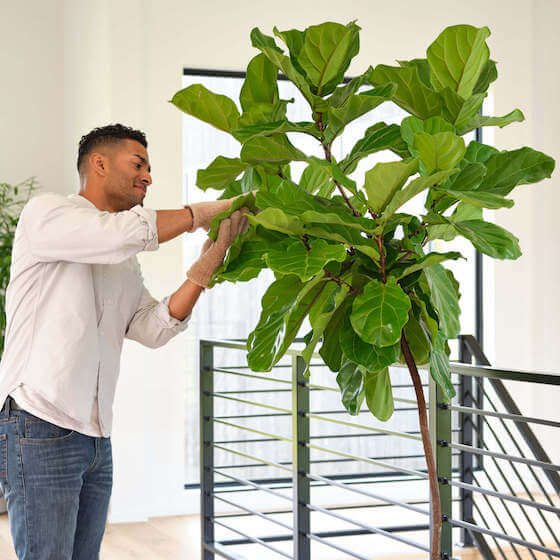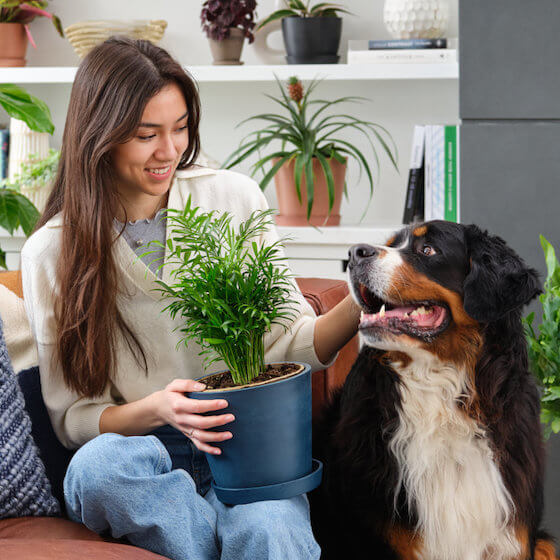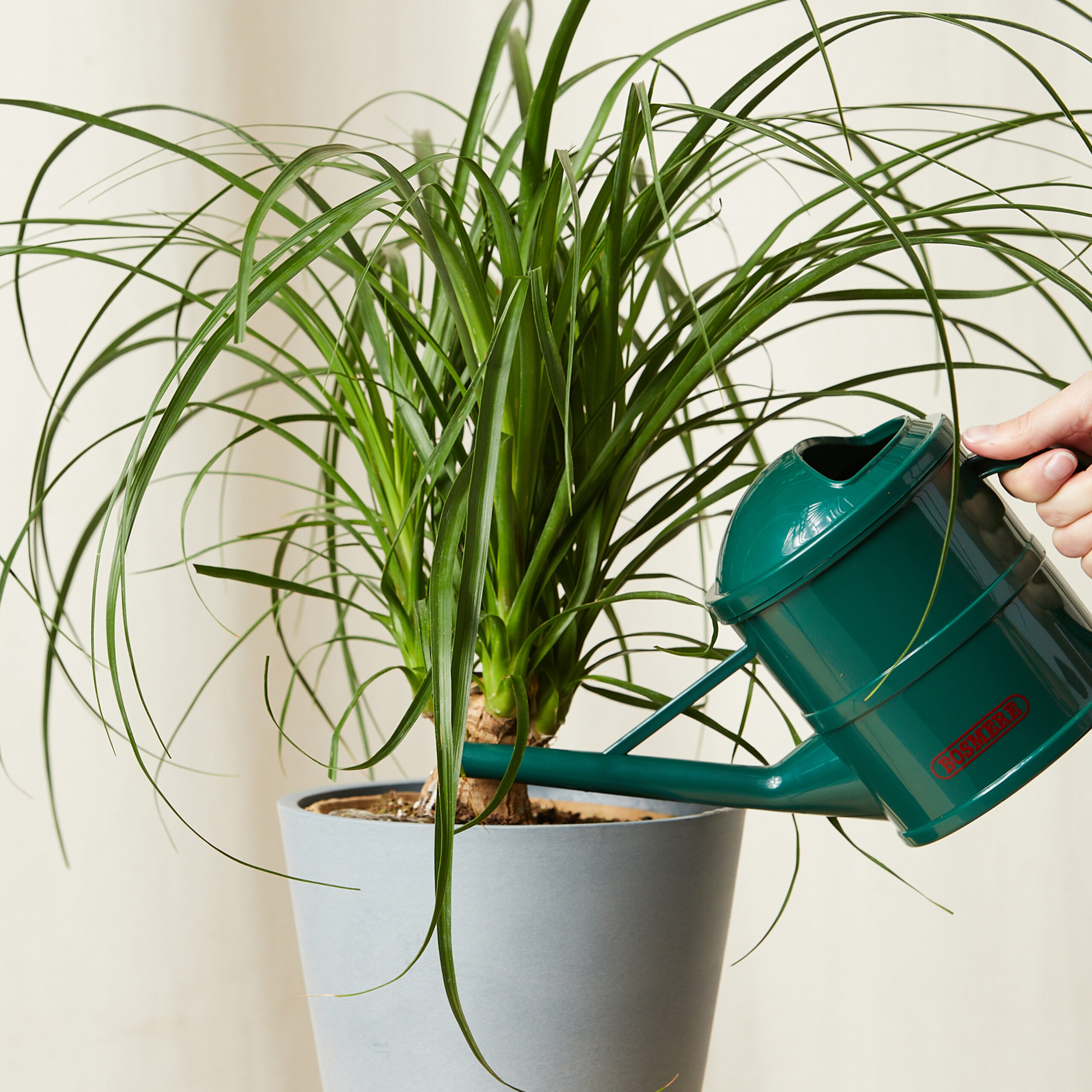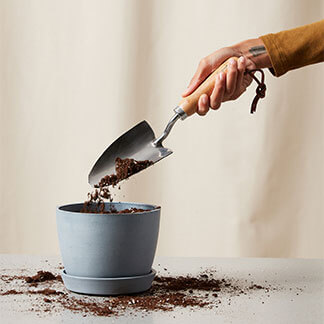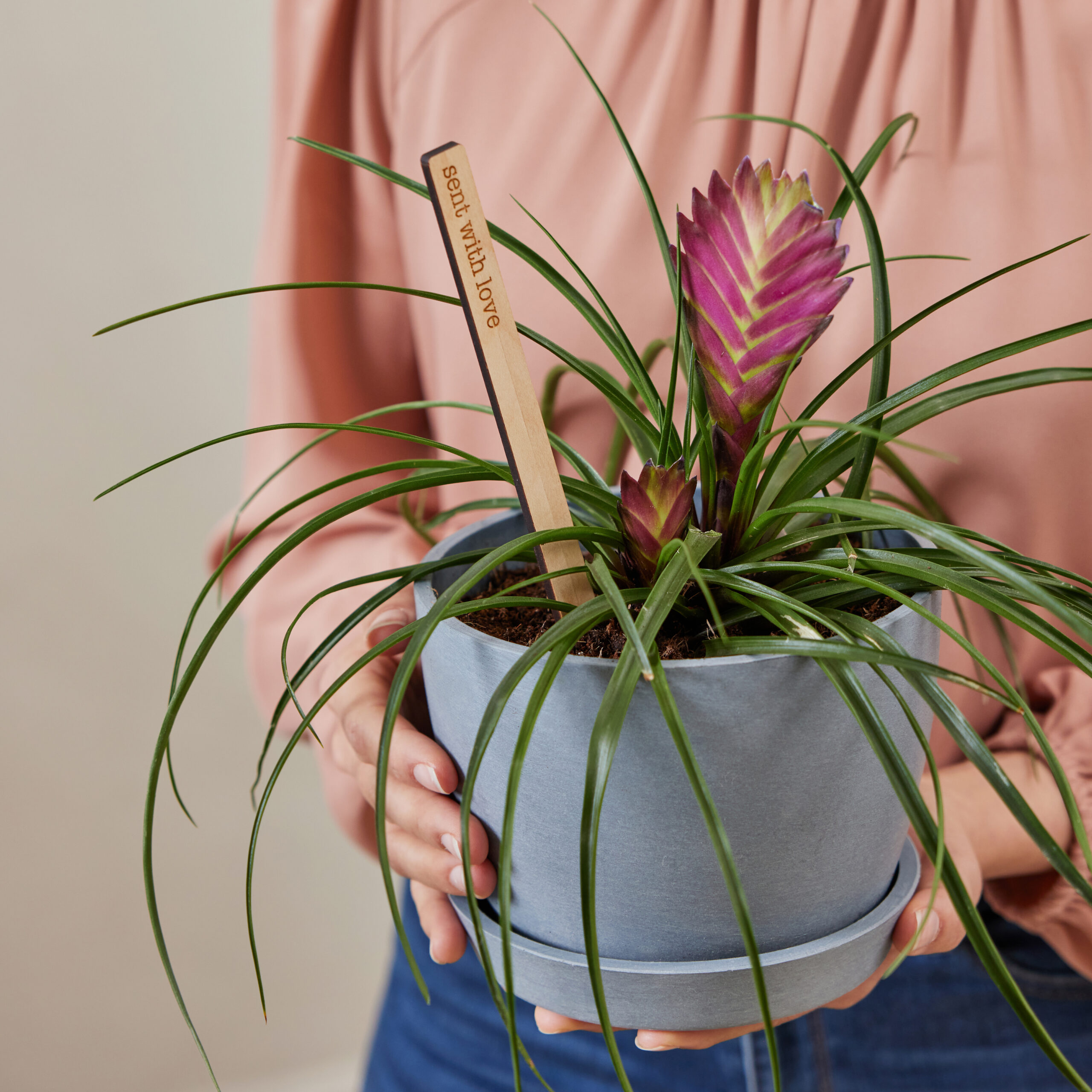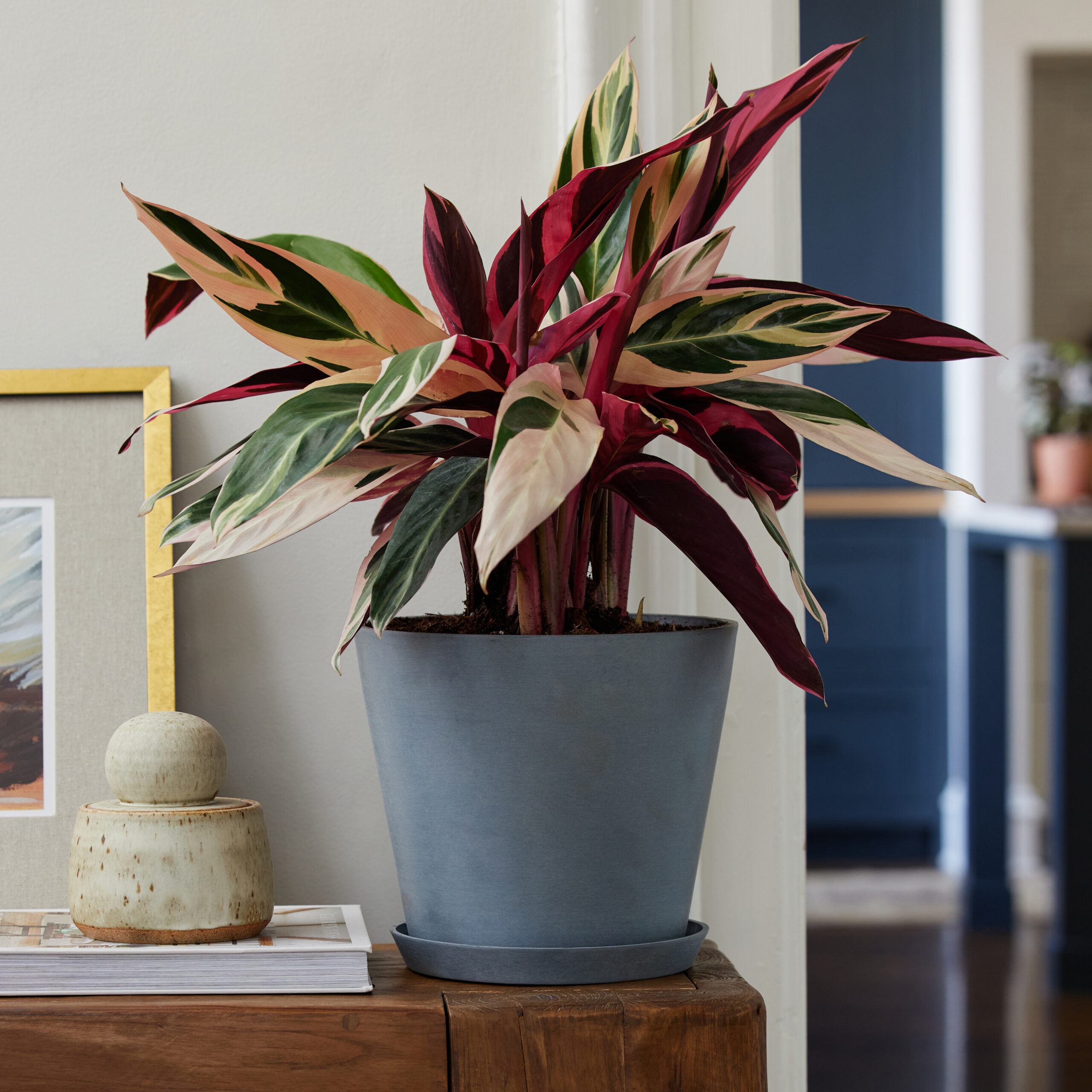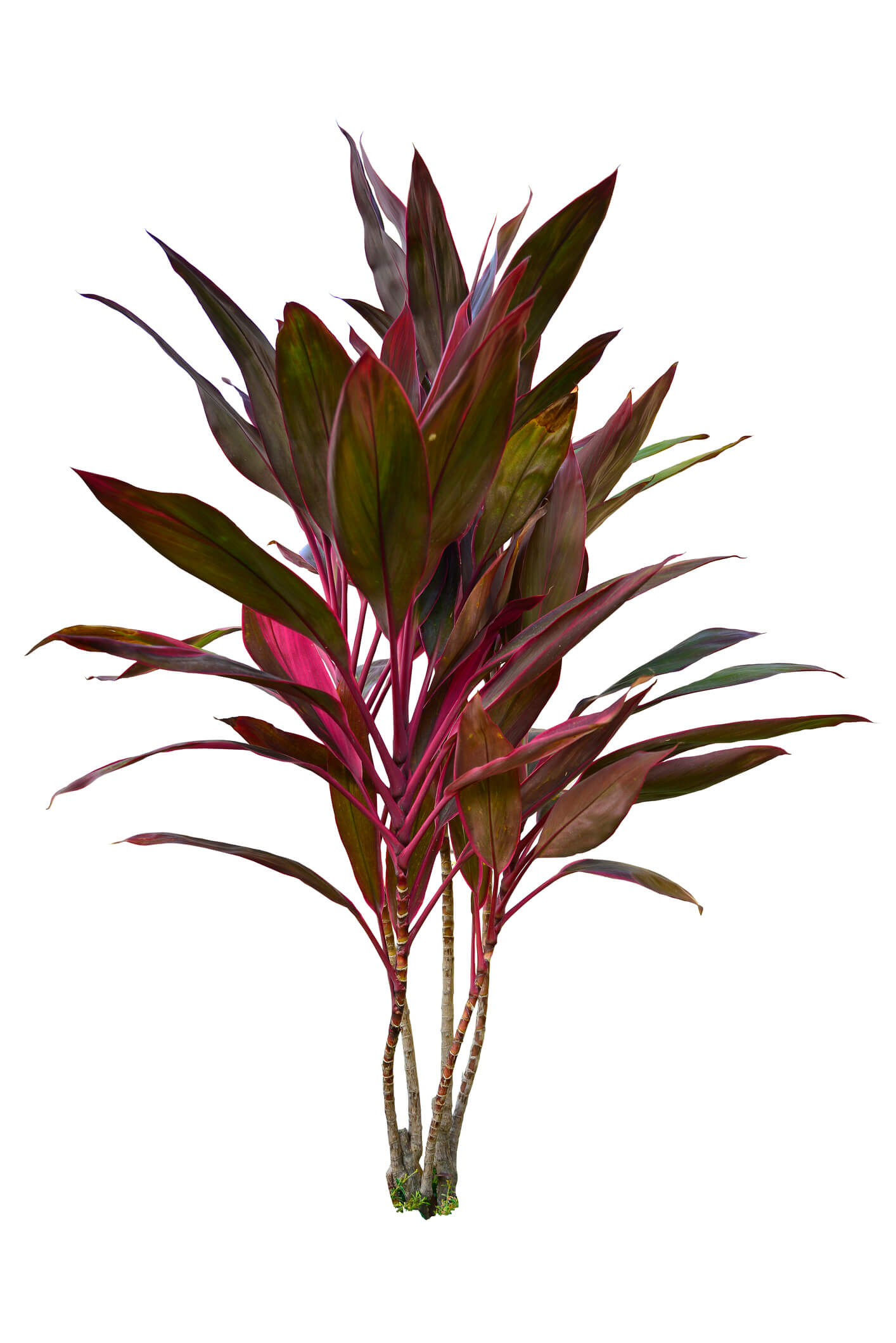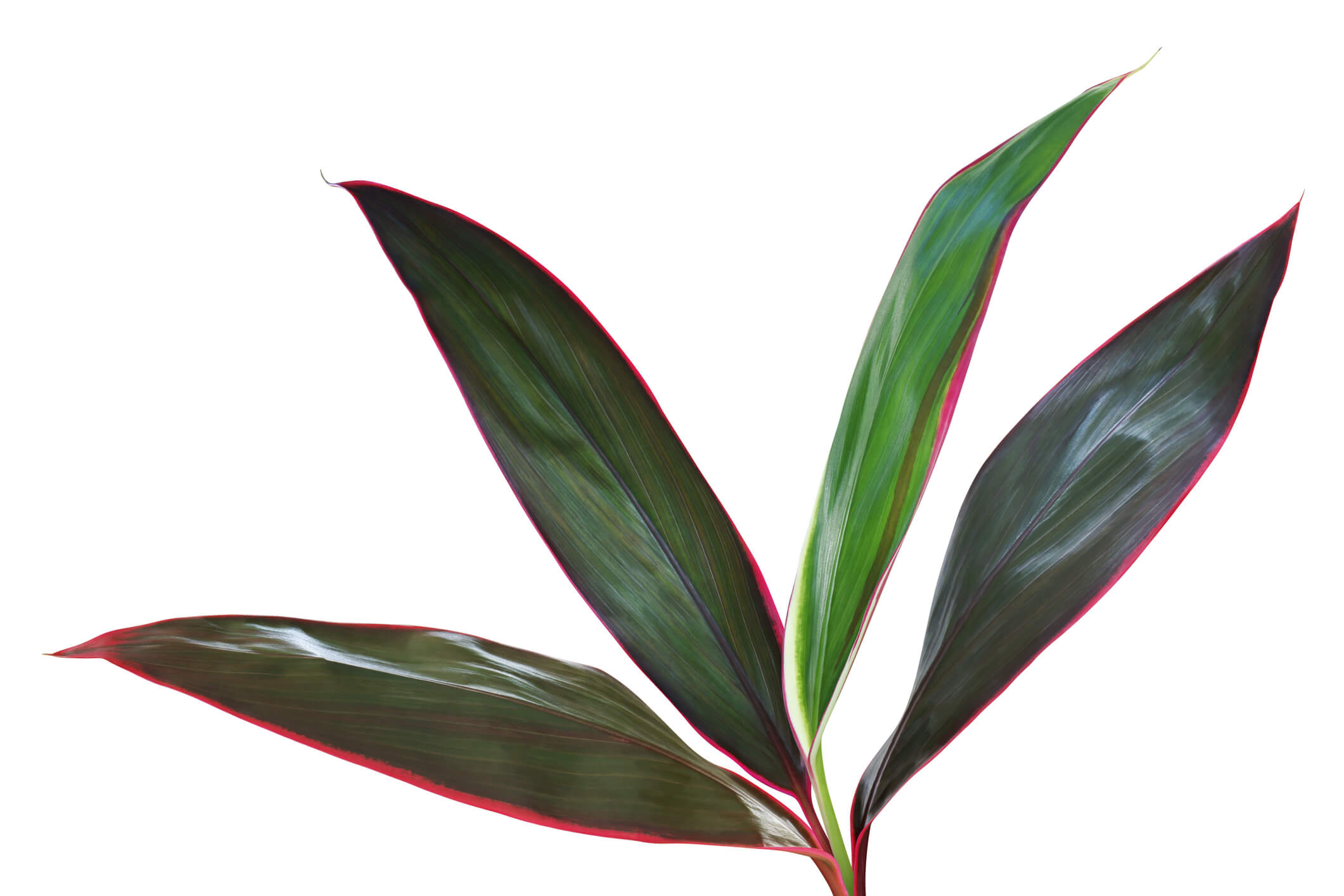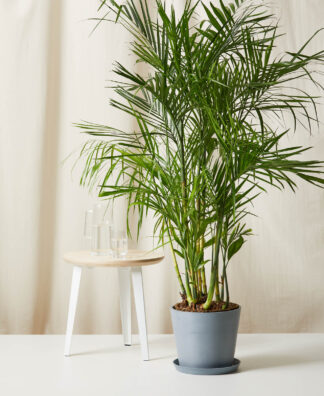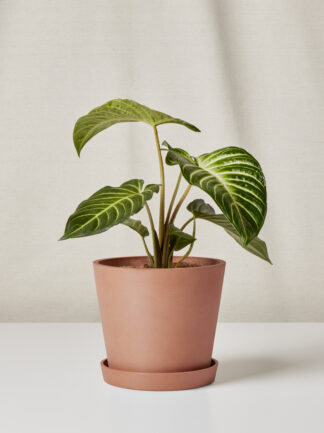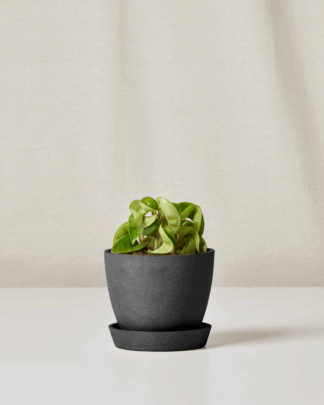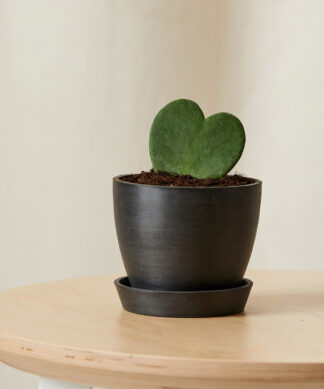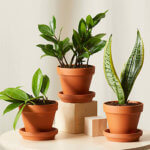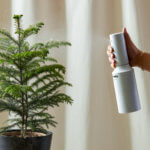How to care for your Cordyline
Use these instructions to care for a Cordyline. This guide will tell you how to water a Cordyline; its light, temperature, humidity preferences and any additional care it might need to help it grow.
Cordyline
Your cordyline will perform best in bright to medium-bright indirect light. Dark-colored cordylines can tolerate bright light once acclimated, but if your cordyline is variegated with lighter colors, indirect light is best. A sunny eastern window or a few feet away from a southern or western window is best.
Water your cordyline when the top 25-50% of soil is dry. Water thoroughly, and be sure to empty the saucer of any excess water to prevent root rot. Never let this tropical plant dry out all the way.
Your cordyline needs a high humidity level. Mist the leaves regularly, place a humidifier nearby, or use a pebble tray to raise the humidity.
Your cordyline prefers temperatures between 65-85°F. Avoid cold drafts and sudden temperature changes.
For best results, use a liquid houseplant fertilizer diluted to half the recommended strength once a month during the spring and summer. Never apply fertilizer to dry soil; always make sure the soil is damp before feeding your plant.
Your cordyline is considered to be toxic to pets and humans if ingested. Can cause stomach irritation and vomiting.
Look out for a common problem called ‘tipping’ when the tips of the leaves dry out and turn brown. The most common cause is tap water, which contains salts, chlorine, fluoride, and other elements that may be harmful in excess. To prevent this, you can use distilled water or rainwater.
